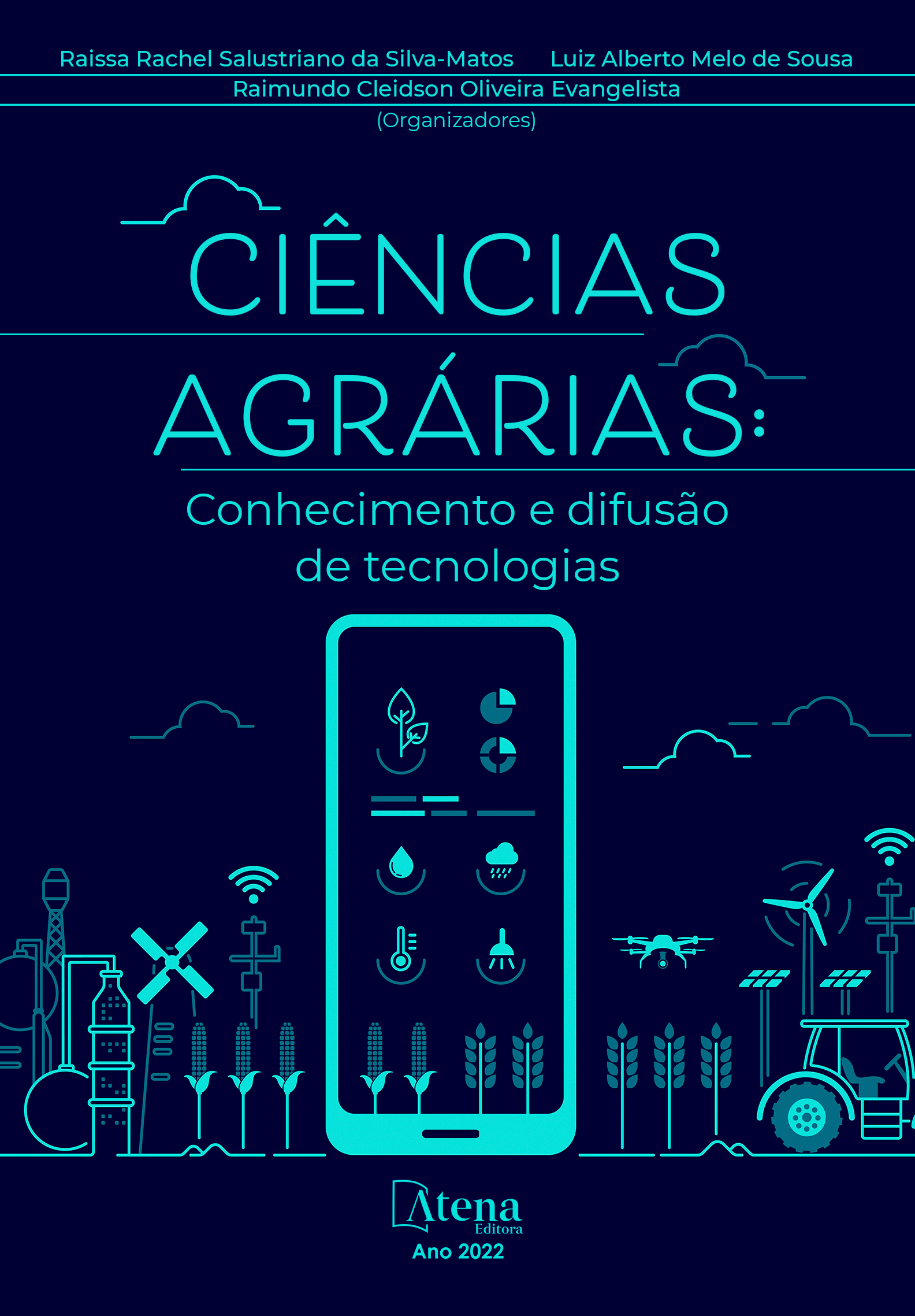
CRESCIMENTO E PRODUTIVIDADE DE GRÃOS DO FEIJOEIRO COMUM SOB INOCULAÇÃO COM RHIZOBIUM E ADUBAÇÃO NITROGENADA
O cultivo do feijoeiro comum em solos de baixa fertilidade, especialmente pobres em nitrogênio (N), é um dos principais fatores limitantes da sua produtividade. Assim, o objetivo do estudo foi avaliar o efeito de diferentes fontes de N, fertilizante mineral e fixação biológica de N, no crescimento e produtividade do feijoeiro comum, cultivar Carioca. Para isto, dois experimentos foram conduzidos, nos anos de 2013 e 2014, no campo experimental da Universidade Federal Rural do Rio de Janeiro, Seropédica, Brasil. O delineamento experimental utilizado foi em blocos ao acaso, com três tratamentos no primeiro ano: apenas adubado com 20kg N ha-1 na semeadura e 40kg N ha-1 aos 25 dias após a emergência (DAE) (A); inoculado com Rhizobium e adubado com 40kg N ha-1 aos 25 DAE (I+N); inoculado com Rhizobium e adubado com 20kg N ha-1 na semeadura e 40kg N ha-1 aos 25 DAE (IA); e um quarto tratamento somente inoculado com Rhizobium (I-N), apenas avaliado no segundo ano de cultivo. Na polinização, avaliou-se o número de nódulos (NN), massa seca de nódulos (MSN), massa seca de parte aérea (MSPA) e massa seca de raiz (MSR). Além disso, foi determinado o teor de proteínas solúveis nas folhas (TPSF), em quatro estádios de desenvolvimento e foram coletadas semanalmente três plantas ao acaso para uma análise de crescimento. A maior produtividade de grãos (PG) foi obtida no tratamento IA, em ambos os anos, não sendo observada diferença significativa nos demais componentes de produção. Assim a inoculação com rizóbios pode substituir a adubação com 20kg N ha-1 na semeadura sem perda de produtividade, mas a inoculação com rizóbios, acrescida de 20kg N ha-1 na semeadura, não inibiu a nodulação e propiciou alta produtividade do feijoeiro comum na época da seca. No entanto, mais estudados são necessários para recomendação dessas práticas agronômicas.
CRESCIMENTO E PRODUTIVIDADE DE GRÃOS DO FEIJOEIRO COMUM SOB INOCULAÇÃO COM RHIZOBIUM E ADUBAÇÃO NITROGENADA
-
DOI: 10.22533/at.ed.6292210023
-
Palavras-chave: Phaseolus vulgaris, Rhizobium, Nutrição de plantas, Ureia.
-
Keywords: Phaseolus vulgaris, Rhizobium, Plant nutrition, Urea.
-
Abstract:
The principal cause for common bean's low yield is its cultivation in soils with low nitrogen (N) content. Therefore, this study aimed to evaluate the effect of different forms of N, mineral fertilizer, or N biological fixation, on the growth and yield of common bean cultivar Carioca. Accordingly, two experiments were conducted in 2013, and 2014 at the experimental field of the Universidade Federal Rural do Rio de Janeiro, Seropédica, Brazil. The experimental design was in randomized blocks with three treatments in the first year: only fertilized with 20 kg N ha-1 at sowing and 40 kg N ha-1 with 25 days after emergence (DAE) (A); inoculated with Rhizobium and fertilized with 40 kg N ha-1 with 25 DAE (I+N); inoculated with Rhizobium and fertilized with 20 kg N ha-1 at sowing and 40 kg N ha-1 with 25 DAE (IA); a fourth treatment was included in the second year, which was only inoculated with Rhizobium (I-N). At pollination, it was evaluated the number of nodules (NN), nodules dry weight (MSN), shoot dry weight (MSPA), and root dry weight (MSR). In addition, it was determinate the leaf soluble proteins content (TPSF) in four developmental stages. In addition, a growth analysis was performed using three plants collected weekly. A significantly higher yield (PG) was observed in the treatment IA for both years, without differences for the other yield components. Therefore, the inoculation with Rhizobium can substitute the sowing fertilization with 20 kg N ha-1 without yield and yield reduction. Still, the inoculation with Rhizobium plus sowing fertilization with 20 kg N ha-1 allows a higher yield of common bean in the dry season. However, more studies are needed to recommend these agronomic practices.
-
Número de páginas: 15
- Rodrigo Luiz Neves Barros
- Leandro Barbosa de Oliveira
- Carlos Pimentel


